 Most people think of LinkedIn as just a useful way of marketing skills and experience to employers. There are however, many other uses for the platform, including the ability to target specific companies, for the purposes of networking, job search and to gain company information.
Most people think of LinkedIn as just a useful way of marketing skills and experience to employers. There are however, many other uses for the platform, including the ability to target specific companies, for the purposes of networking, job search and to gain company information.
What are LinkedIn Company Page and what do they include?
LinkedIn’s Company Pages are a useful tool for you to learn more about your targeted companies. For companies, this is an opportunity for greater online presence to market their brand, as well as a place to announce news and recruit candidates.
LinkedIn company pages include:
- A detailed description of the company
- Regular updates from the company (news items, products announcements, developments)
- Detail about company staff, including details on how you are connected to them and the opportunity to connect with staff
- A searchable jobs database which includes an opportunity to sign up for job alerts
- An opportunity to follow the company and receive their updates
- Some pages include insights into the company, which include items such as languages spoken, causes the company and staff support
To find company pages, type the company name into the search bar and click on the “company” option.
Uses of LinkedIn Company Pages for job seekers
Long before social media, Employment Counsellors such as myself have encouraged job seekers to not rely on advertised jobs, and instead to invest time in networking, because, as many job seekers have experienced, the best jobs come from people you know.
LinkedIn Company Pages can be an excellent tool for job seekers to:
Identify target companies: Use the search bar to search for companies near you that hire certain skill-sets. You can enter the skill set into the search engine (e.g. mechanical engineer or P.Eng) and click on the “companies” option for a list of companies that hire for that skill-set. Follow the company and sign up for job alerts.
Prepare for Interviews: When preparing for an interview, LinkedIn company pages can be an excellent source of detail about the company.
Build your network in the company: Identify potential contacts in your companies of choice. Don’t necessarily go for senior management or human resources contacts – it may be even more effective to connect with people who do the work that you want to do. People who work in jobs like yours are often be the best source of information, tips and referrals to jobs, once they get to know you. Consider reaching out to them, to ask questions and conduct information interviews.


Nigel says
Thanks for the great tips. I sometimes wonder whether LinkedIn is a liability for precariously employed individuals such as myself. The chronological structure of the platform is great when your career has a positive trajectory and you have had one promotion after another. It’s not so great when your career enters a downward spiral, you are doing underpaid project work and haven’t had a full time job in many years. It would be great if LinkedIn gave members the option to opt out of the chronological structure and instead allowed them to showcase skills, competencies and case studies.
Karin Lewis says
Nigel, thank you for your comment. I think you make an important point; LinkedIn does seem to have a bias for a traditional corporate, increasingly outdated model of career trajectories.